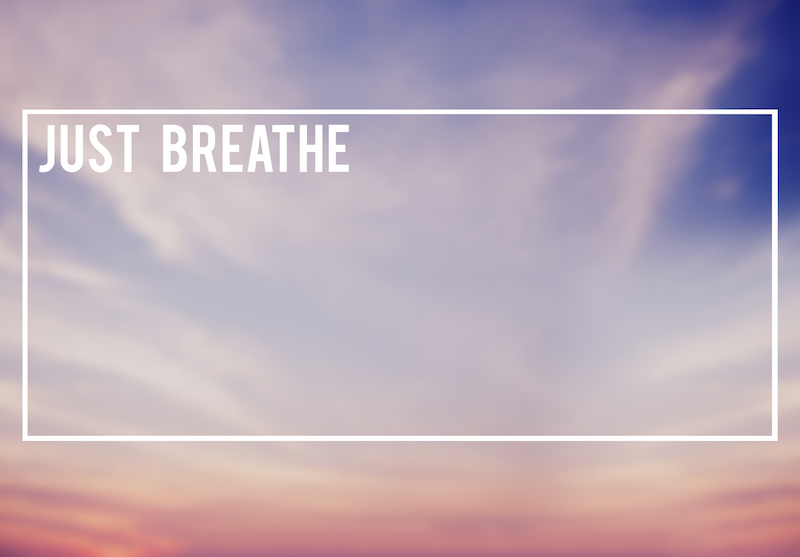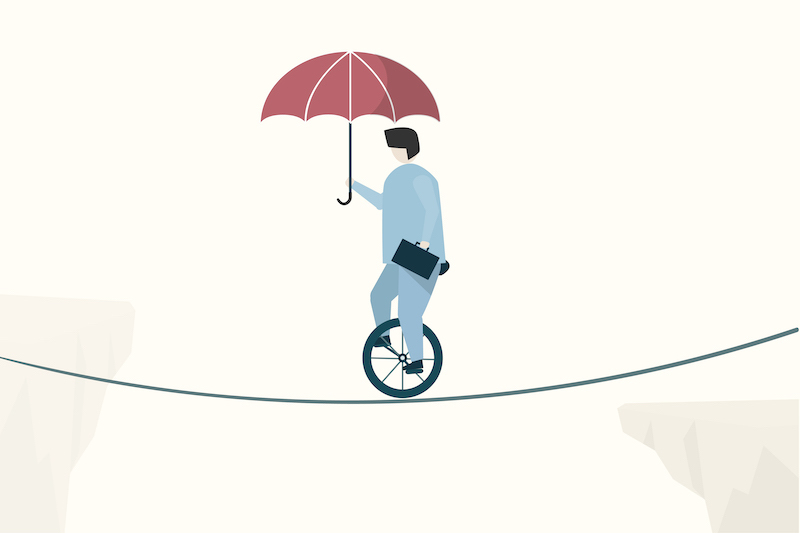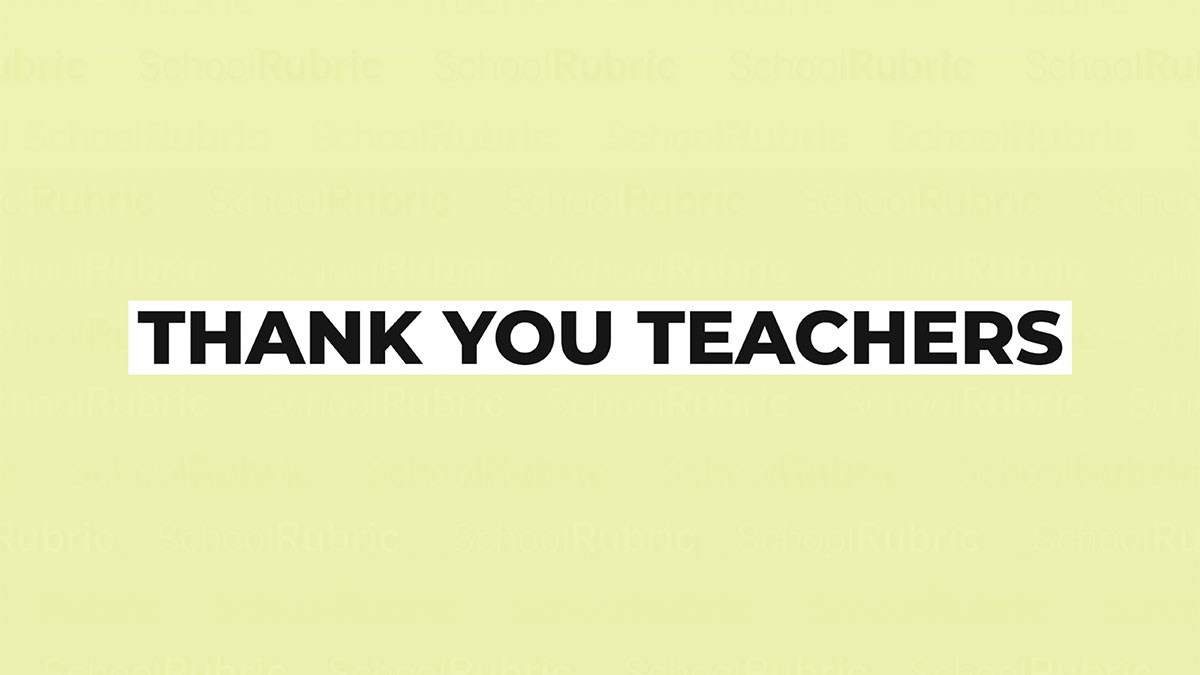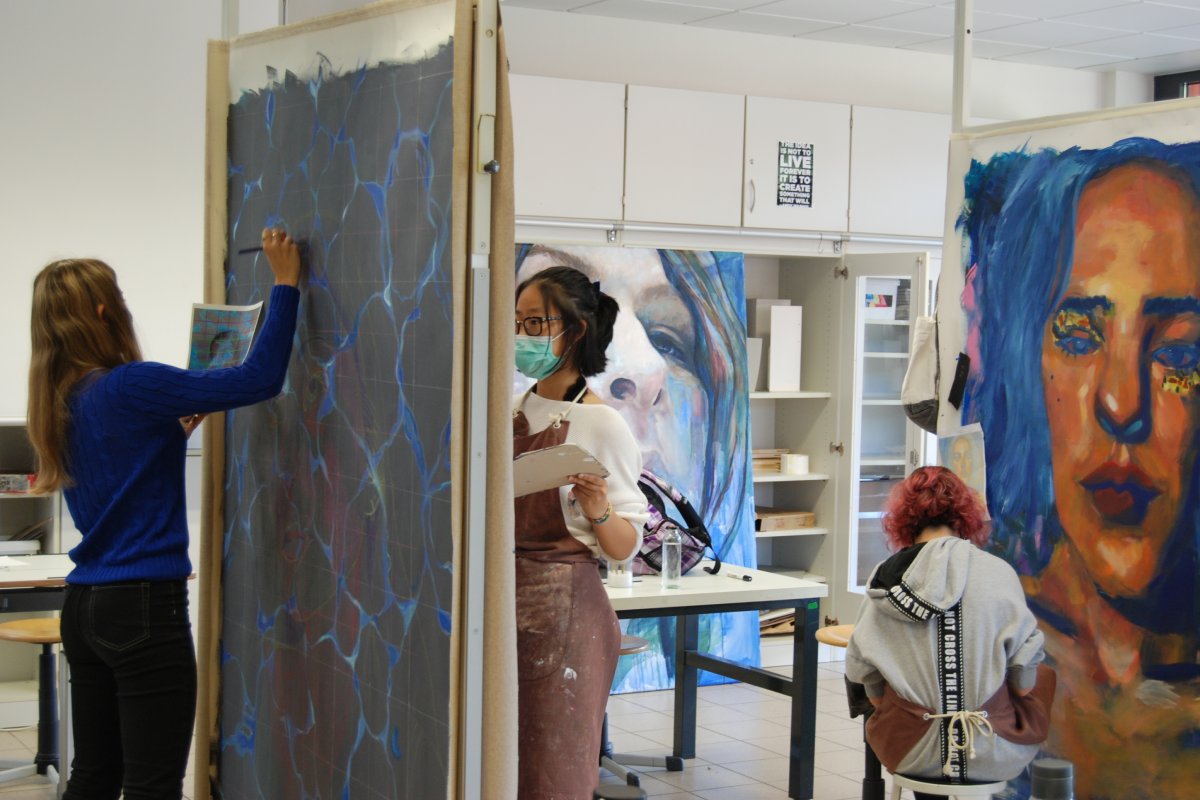3 Things Educators Must Do to Thrive This Fall

Educators know that teaching is stressful. Sure, it’s a lot of other things, too. It fills our hearts with joy, passion, and purpose.
But to be real and extremely blunt, it’s one of the most stressful careers in modern society.
That was before COVID-19.
Post COVID-19 Mental Health
With the introduction of this expansive, sinister, and seemingly never ending (very unwelcomed) visitor to our everyday lives – the rocky rona virus experience – stress has taken on a new meaning for everyone, but especially for educators.
And, if that weren’t enough, planning, the very lifeblood of any educator seems near impossible in the state of the current uncertainty we are navigating within this global pandemic.
If you have been feeling anything like me, your stress, worry, and anxiety may be off the charts.
Your mental and emotional health might even be going off the richter scales.
Social Uprisings and Uncomfortable Conversations About Racism
Along with a global pandemic, we’ve also been navigating a pandemic within a pandemic with the death of George Floyd. Conversations about race, racial identity, racism, anti-racism and racial trauma have surfaced to new levels.
No doubt this will be a start to the school year like no other. Unprecedented for sure. History in the making.
As educators, leaders, and parents continue to navigate these challenges, many are asking some serious questions about the fall – How will we do school in a global pandemic? How do we take on racism and anti-racism conversations in the classroom and at home? What does the fall look like with sports, holidays… and will we ever be able to get together with large groups of people again?
Adaptability Is Your Most Important Asset Right Now
Humans are adaptable beings, and this year we have learned a new level and pace of adaptability.
Adaptability and happy flexibility is a skill we must continue to refine if we are going to re-create any sense of an ever changing “new normal”.
So how do we refine our adaptability and happy flexibility skills?
It’s a mindset and somatic experience game. We must release tension out of our mind and body if we want to feel better mentally and emotionally.
Despite the challenges and uncertainty we face, you CAN thrive in the fall.
Here’s how: you must take a mind, heart, body approach. I’m going to share 3 things you must do to thrive – either in the classroom or at home – this fall.
1. Open Your Jaw

“Say what?!” you may be thinking. But, you hear me right. We hold a lot of tension in our jaw, and most of us aren’t even aware of it!
Slide your tongue between your teeth to create space in your jaw and take a few deep mindful breaths. You can even say to yourself, “Long, slow, deep breath in, and long slow, deep, breath out.”
Another approach (this is the one that “hurts but feels so good”) is using a tennis ball and a couple of thick (like 3-inch books) stacked. You lay your jaw gently, and with controlled release, over the tennis ball on top of the stacked books while rolling the ball over your jaw up/down and side/side motions.
It feels really good, like having a deep muscle massage in your jaw. Do this on both sides and breath mindfully while you self-massage your jaw muscle.
2. Open Your Heart

This one is key. Our body posture impacts our thoughts and emotions. When we are stressed and anxious we tighten up all over the body, crunch over, and block this very important energetic channel (not to mention that our constant addiction to our phones closes off this energy channel as well).
Not only have ancient sages pointed out that there is a link to the way we move and hold our body to the health of our mind and behavior, but science is now showing this too.
When we close our body posture, it can negatively impact our thoughts and emotions. In a very real sense, we create more stress by the way we carry our body.
In times like these, it’s imperative we spend time each day to open our body posture and be more conscious about how we are moving our body in space and time throughout the day.
Posture Tip: Stand with feet hips width apart, press feet firmly into the ground, interlace the hands behind you while straightening arms (leave micro bend in the elbow), while opening your chest towards the sky. Take several deep breaths while in this position.
This is one you may want to come back to a few times throughout the day to promote an open energetic channel (promoting more positive and open thoughts and feelings) in your body.
3. Find Your Balance

Balance is all about swaying with each moment (to learn more visit my Rise & Shine series). When we grip, we fall. When we sway, we balance more.
I love practicing balance postures and applying what I learn from this somatic (physical) experience to how I want to conceptually balance all the things in my life.
Posture Tip: This one is simple and you can also relieve built up stress in your legs. Stand with one foot firmly on the ground, while taking your same side hand to the same foot and bring your foot (or heel) to your bottom (gives your quad a nice release).
If you are feeling very sturdy, take both hands to the foot. You can control the intensity by moving the heel closer to your bottom (more intense) or away (less intense).
Breathe mindfully here for several breaths. If you are feeling really unbalanced, try using a wall to get stable at first.
These simple mind and somatic practices can make a huge difference in your mental and emotional health if you take them on as a consistent practice.
Being adaptable, which is what all educators need a big dose of this fall, comes with more ease when we take these measures to cultivate our mental and emotional health.
Relieve stress. Open your body posture. Balance – physically, then conceptually. And, then get your adaptability groove on.
All you need are a few minutes a day to get grounded in your heart, mind, and body to thrive in uncertain and challenging situations.
This article is available and can be accessed in Spanish here.









